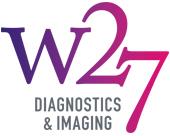Osteoarthritis Pain: How Therapeutic Injections Help
Osteoarthritis is a painful degenerative condition caused by a loss of cartilage, which is a type of slippery, protective tissue that cushions the ends of the bones and enables the joints to move smoothly. It is extremely common and can affect different joints in the body, including the knees, hips, spine and hands. According to…




